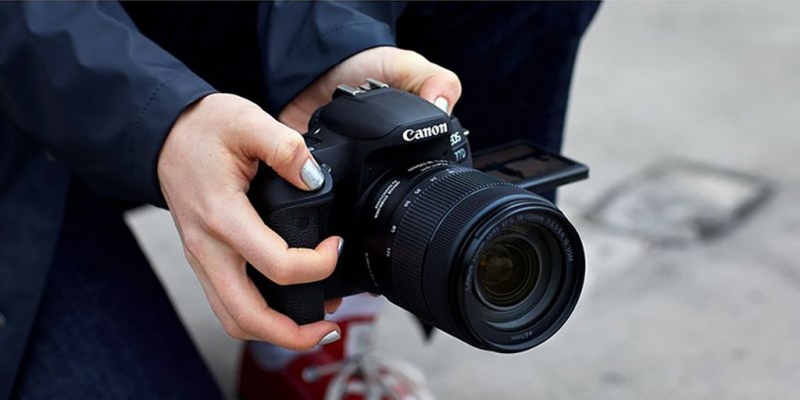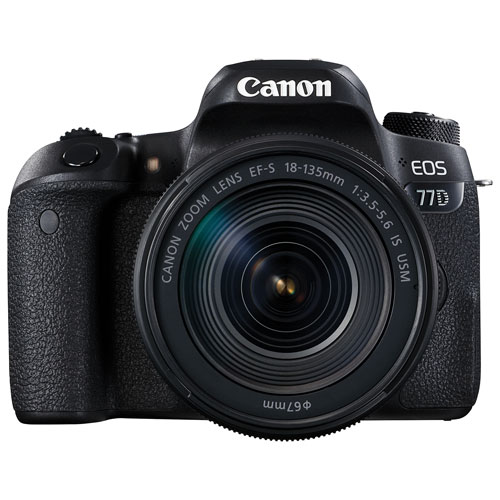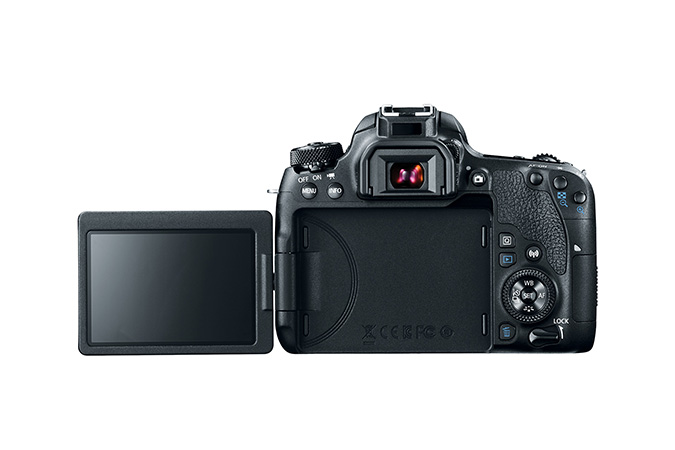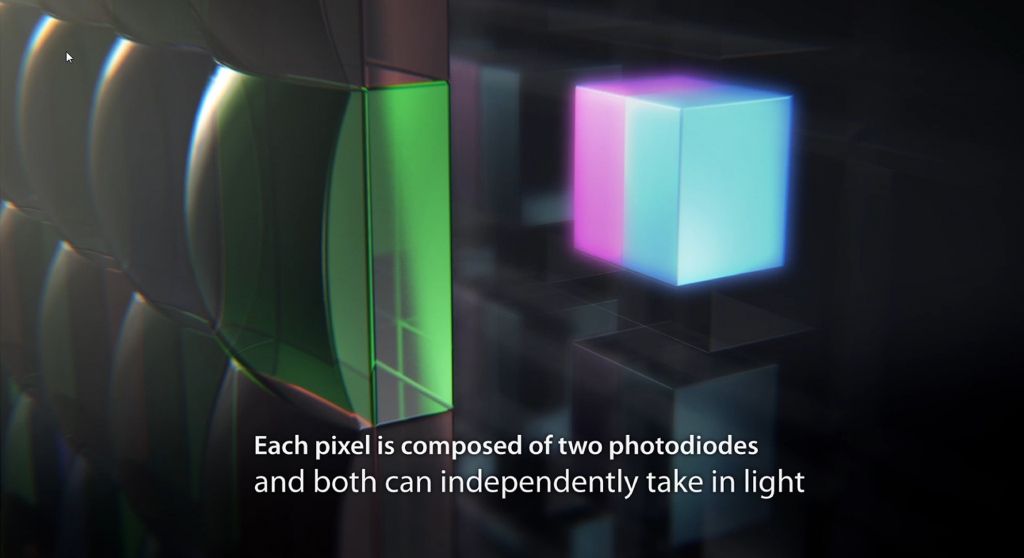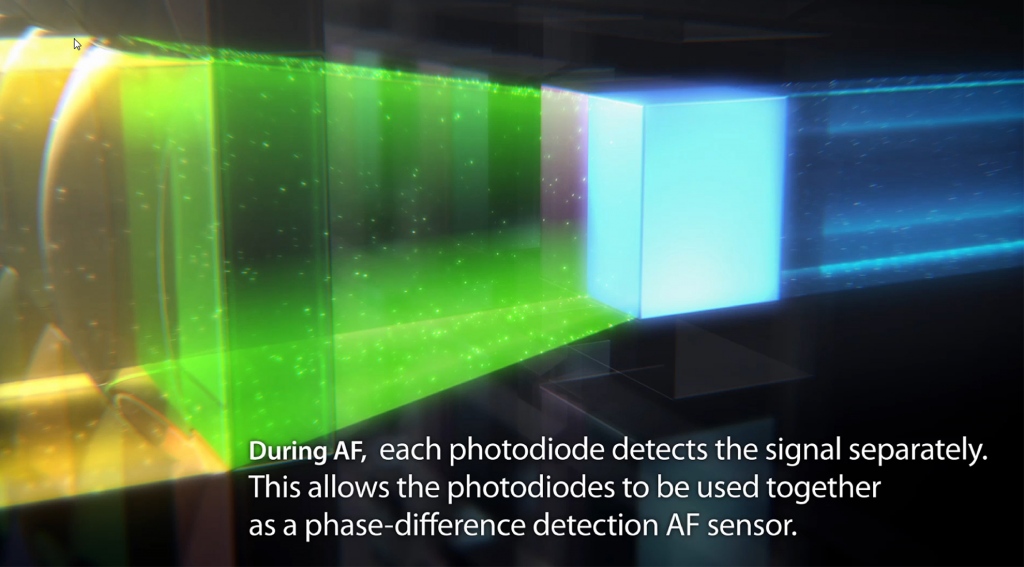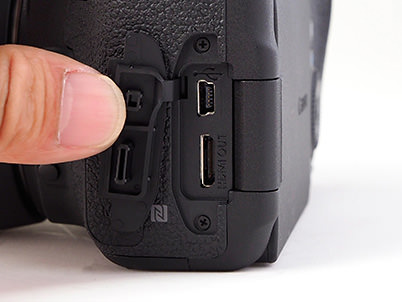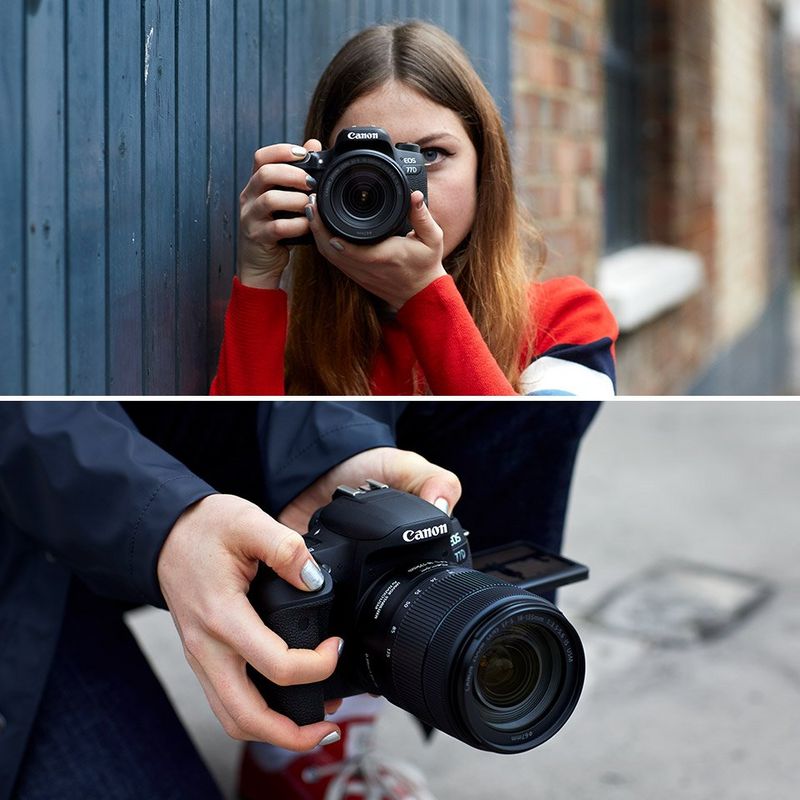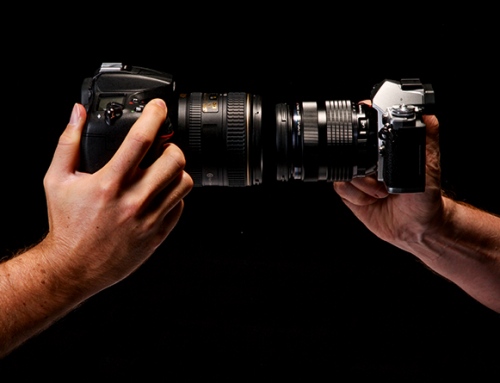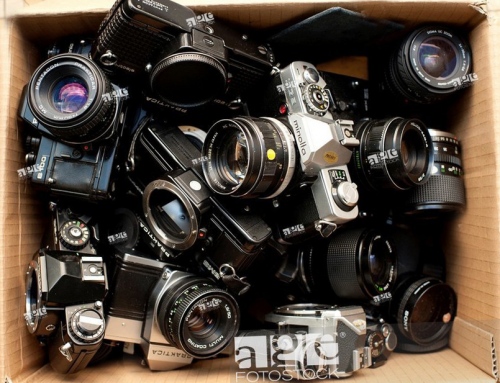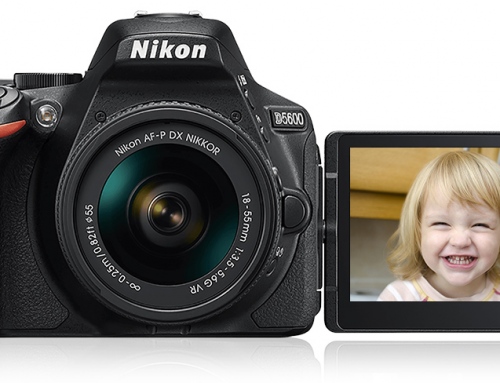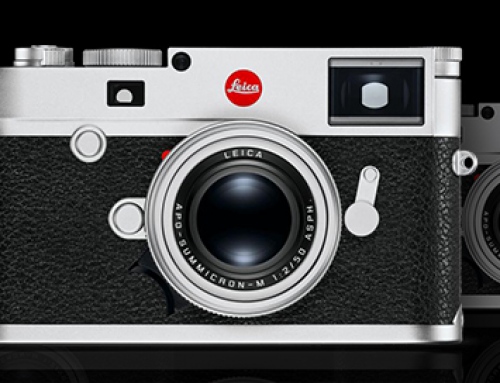The Canon 77D created a lot of buzz when it was launched in February 2017. Packed with features from the beginner Rebel series in a 70D body – and named as if the younger brother of the advanced 80D – people were confused as to where exactly place this crop-sensor DSLR.
But that is, in fact, the redeeming quality of this camera. A combination of the Rebel simplicity and price with advanced features like Dual Pixel AF and a Digic 7 processor, the Canon 77D really is an all-round camera for almost any type of shooter. This 24 MP camera will be especially tempting for ones who are interested in both photos and videos, and are on a tight budget.
What you need to know about the Canon 77D.
Before I can explain why the 77D shines as a video journal camera, let me take you around the camera and highlight its key features.
Lying at the electronic heart of the 77D is a 24.2 megapixel sensor, the same one used in the 80D, underpinned by a Digic 7 processor. Everyone was very impressed with the output from 80D, and what 77D promises in this neat little package is the same performance at lower price. With a dynamic range of 13.3 Evs and 971 low-light score on DxO, the camera has capabilities to almost equal the Nikon D5600 and D7200.
The hard plastic-like body of this mid-range DSLR is where you may find a few minor faults, but even those are for keeping the price low and not making it a direct competition of the semi-professional 80D.
Even the viewfinder of the Canon 77D is a consumer-level one. Given that it is only a pentamirror, the OVF is dim and offers a coverage of about 95% only.
Overall handling is a pleasure, with a comfortable grip and most of the controls – including dual dials and an AF-On button – on the right and usable with one hand. Although one major drawback is the lack of AF micro-adjustment and customizable buttons, I think the touchscreen LCD makes up for it.
Although the Canon 77D has more visible changes on its body, like the rotating touch LCD for Live View, a top LCD panel and in-built Wi-Fi, by far the greatest strength of the camera lies in its autofocus system.
In most cameras, autofocus through the viewfinder uses an independent AF sensor for phase detection. On the other hand, Live View has to rely on the slower contrast detect method, because the mirror blocks the AF sensor to keep the LCD display working.
The 77D, however, borrows the excellent 45-point Dual Pixel CMOS autofocus from Canon 80D. This Dual Pixel system uses pixels of the image sensor itself, dividing each pixel into 2 halves for analyzing focus; and combining them when taking images. Simply put, this removes the need for slow contrast detection, because even in Live View the unblocked image sensor handles the focusing via the faster phase detect method.
What makes the Canon 77D a vlogger’s camera?
Now that you know the key specs of this DSLR, you may already have figured out why this camera is considered an all-rounder. A great sensor in a professional body, with nifty features like touchscreen LCD and Dual Pixel, makes this a great DSLR even for more advanced photographers.
However, I believe this to be an especially great camera if you want to make videos with excellent quality at a low budget. The rotating touchscreen is great for vlogging, as the left-sided hinge allows you to tilt it up and down and even flip it back for “selfie” mode where you can see yourself. This also makes changing settings very quick, without any need for fiddling with controls.
The video-making features are further boosted by the presence of Dual Pixel AF, which I have seen to be often more reliable than the viewfinder AF when tracking subjects. Combined with Canon’s face detection, the Dual Pixel tracks moving subjects in almost any condition better than the iTR tracking of the viewfinder.
You know Canon 77D is more than a beginner’s camera because of not just the advanced AF system, but also the addition of a microphone port and digital stabilization, which works better than those of other brands. The DSLR offers video recording in the standard 1080p resolution, with options that go up to 60 fps. The compression rate for the mp4 files is standard H.264.
Nonetheless, it’s not all good. The lack of 4K mode is a serious drawback for most people, especially where the competition offers it in cameras not much higher in price. Moreover, the video mode gives you either fully automatic shooting option, or fully manual, which means that you don’t get aperture priority or shutter priority. Fortunately, auto ISO is still included.
Final Verdict
I don’t think this needs to be spelled out. The Canon 77D may not have anything extraordinary, but it combines all that is good about Canon. The 24 megapixel APSC sensor, supported by the Digic 7 processor and a 45-point Dual Pixel AF, makes this DSLR a well-equipped tool for all – from beginners looking to buy their first camera to advanced photographers looking for a backup. Put these core strengths of the 77D in the same list of features like a touchscreen LCD, dual dials, in-built Wi-Fi and a microphone jack, and you have with yourself an excellent short film machine.
